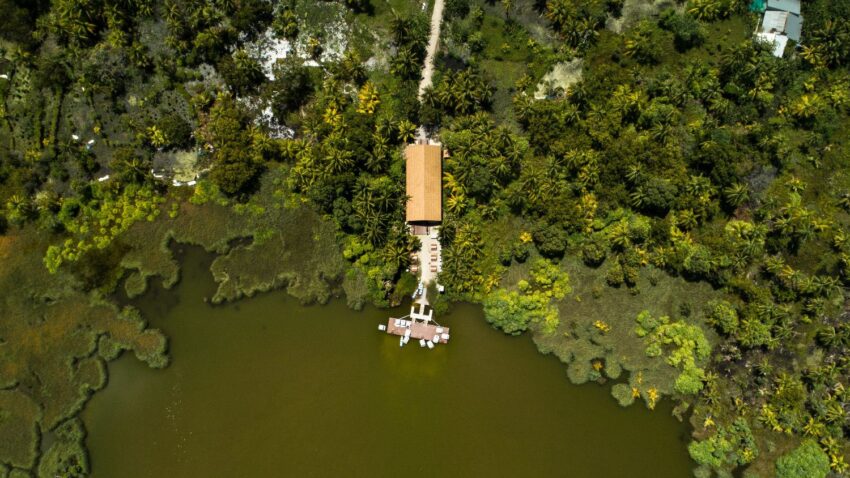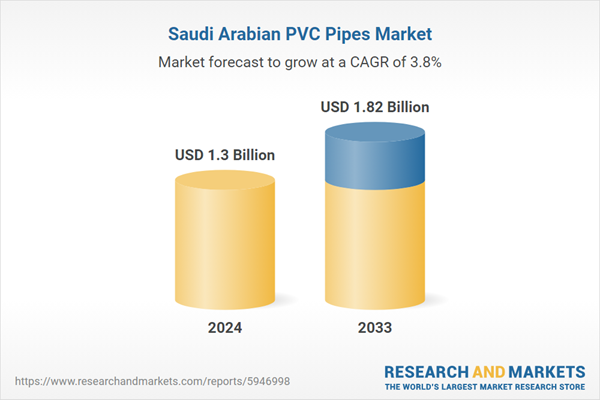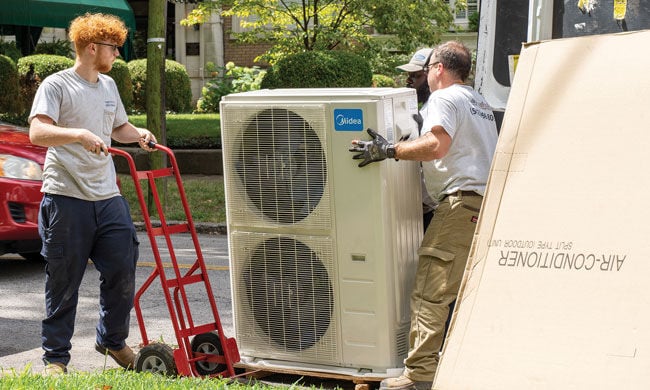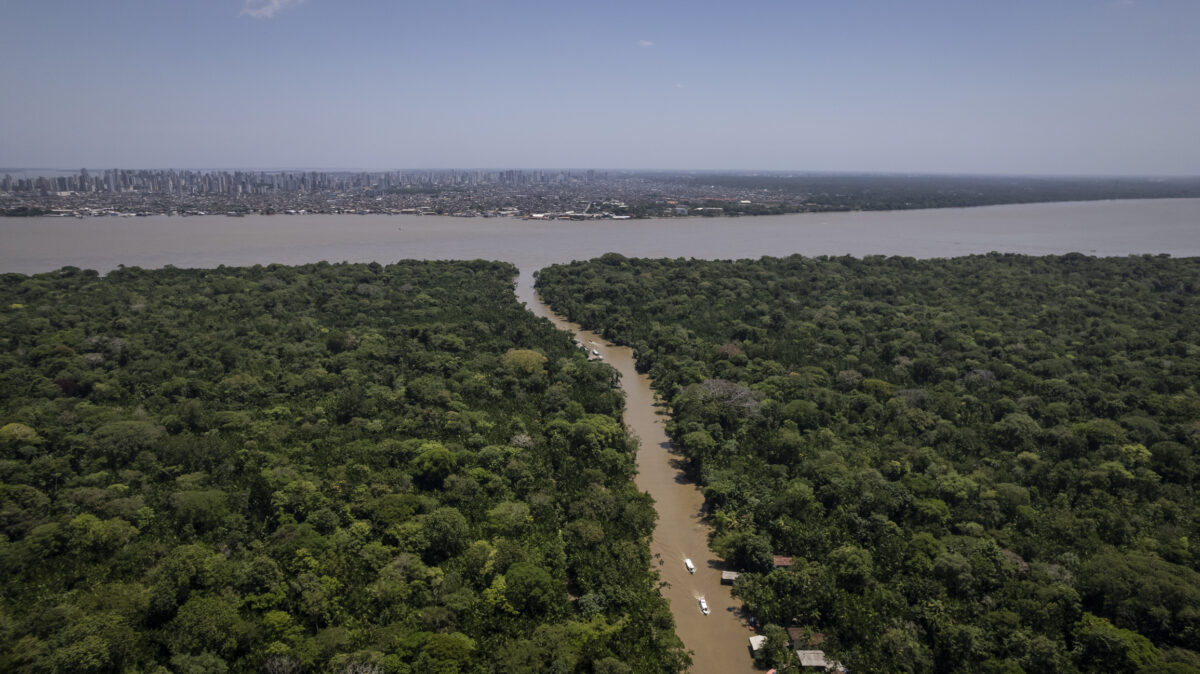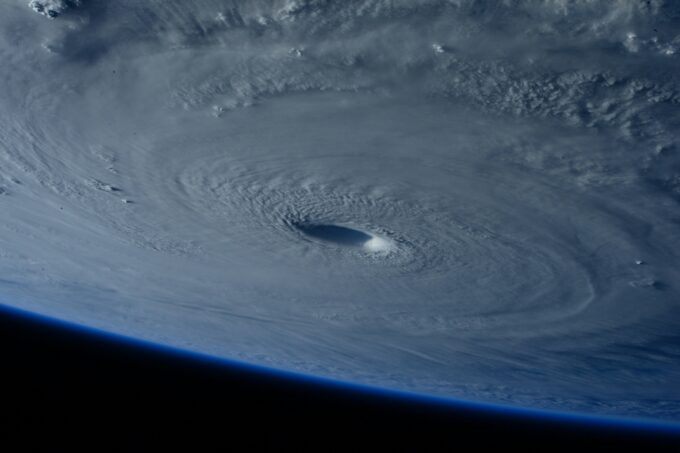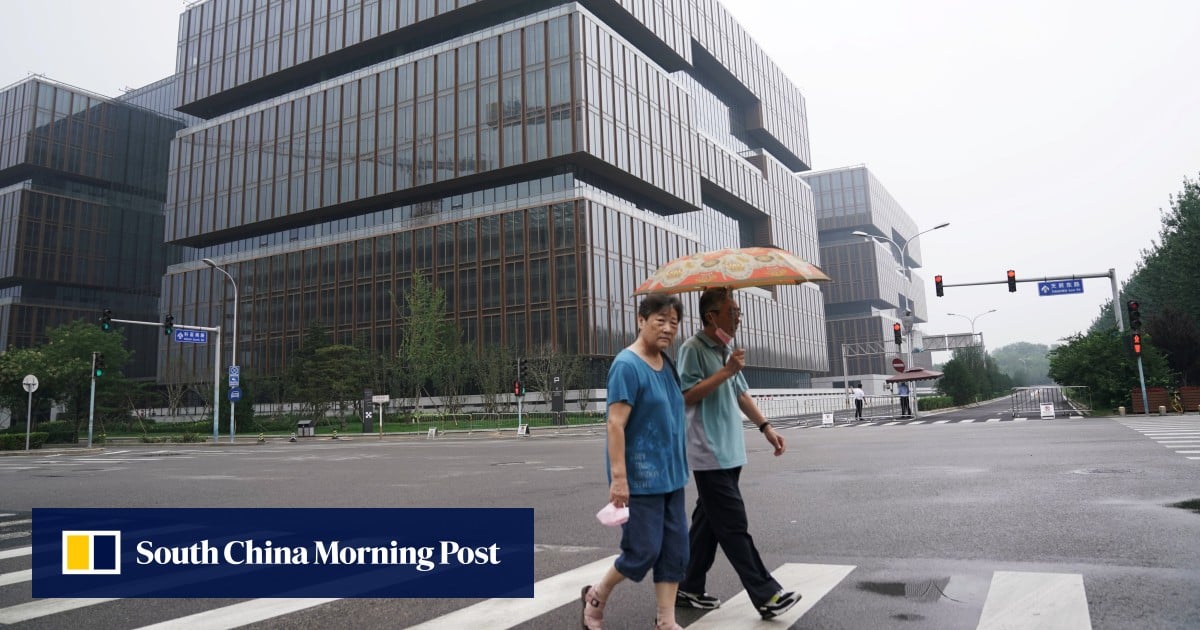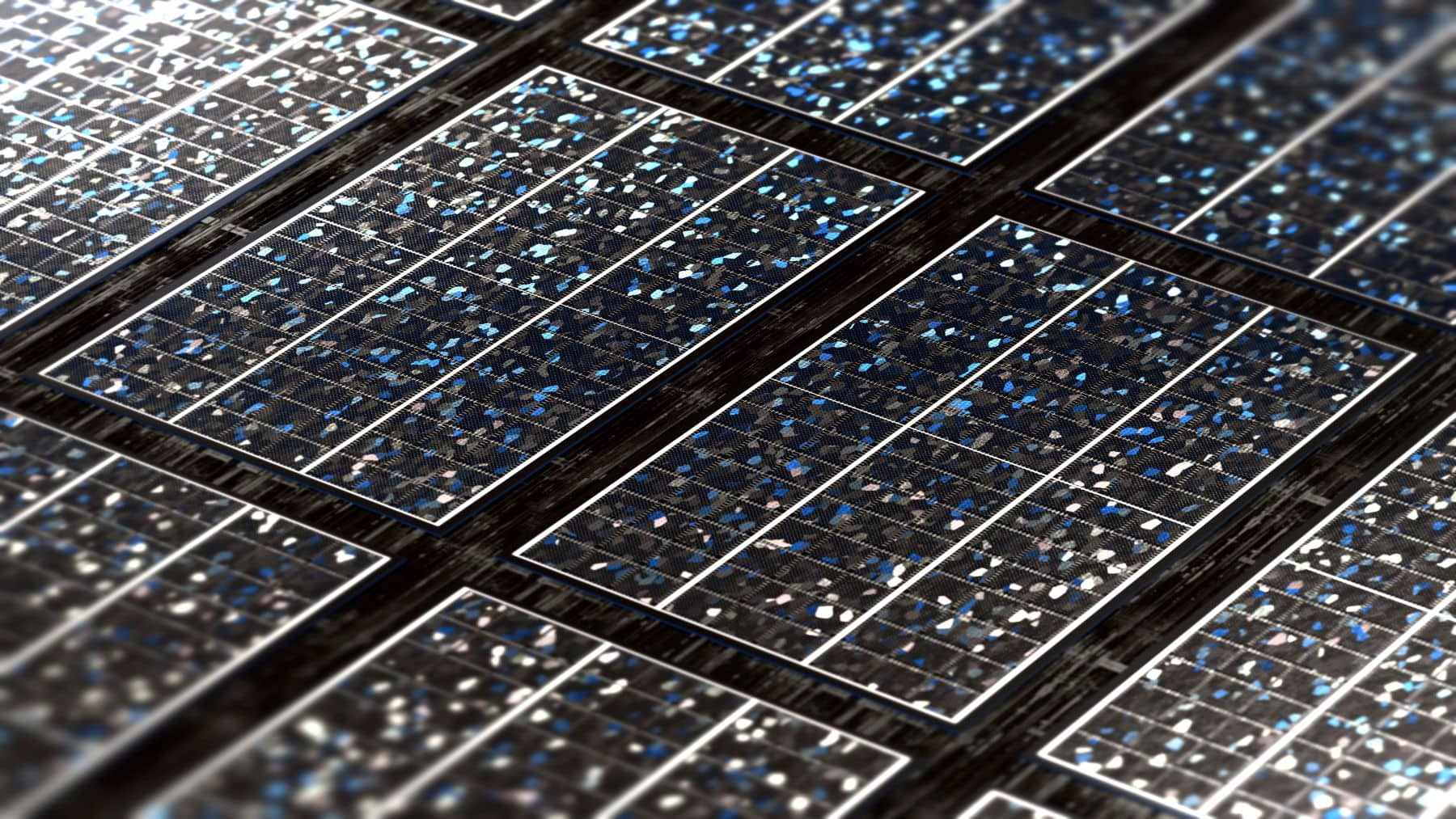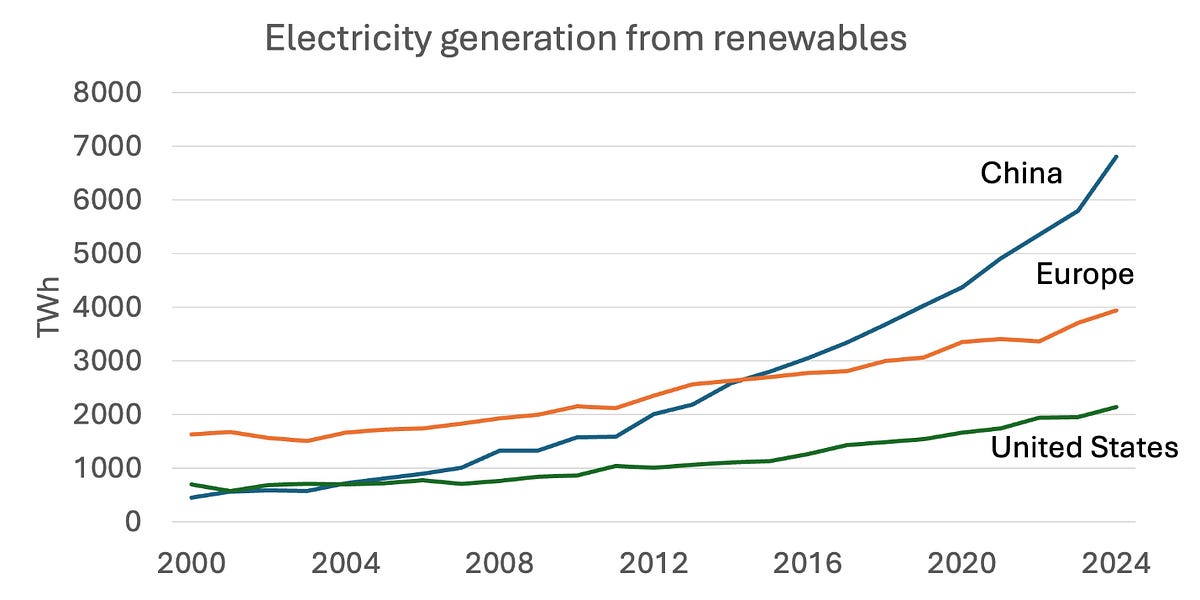Renewable Energy Project Cancellations Spike in Texas – The Institute for Energy Research
Report on Renewable Energy Project Cancellations in Texas and Implications for Sustainable Development Goals
Executive Summary
A recent analysis of Electric Reliability Council of Texas (ERCOT) data reveals a significant increase in the cancellation of energy projects, particularly in the renewable and battery storage sectors. This trend presents a substantial challenge to the advancement of several Sustainable Development Goals (SDGs), most notably SDG 7 (Affordable and Clean Energy), SDG 9 (Industry, Innovation, and Infrastructure), and SDG 13 (Climate Action). The cancellations are driven by a confluence of factors including international trade tariffs, domestic policy uncertainty, and supply chain disruptions, occurring at a time when Texas anticipates a historic surge in electricity demand.
Scale of Project Cancellations and Impact on SDG 7
In the last two months, a volume of project cancellations not seen since the COVID-19 lockdowns has directly impacted the state’s capacity to expand its clean energy infrastructure. This setback hinders progress toward Target 7.2 of SDG 7, which aims to substantially increase the share of renewable energy in the global energy mix.
- Battery Storage Systems: 4 gigawatts of canceled projects. This undermines grid stability and the effective integration of intermittent renewable sources, which is crucial for achieving reliable and modern energy services as stipulated by SDG 7.
- Solar Farms: 3.5 gigawatts of canceled projects. This represents a direct blow to expanding clean energy generation capacity.
- Natural Gas Power Plants: Nearly 2 gigawatts of canceled projects, complicating the provision of reliable backup power needed for a stable energy transition.
Causal Factors Hindering Sustainable Development
Several interconnected factors are creating an unfavorable environment for investment in sustainable energy infrastructure, affecting economic growth (SDG 8) and the development of resilient infrastructure (SDG 9).
- Trade Barriers and Global Partnerships (SDG 17): Tariffs on Chinese imports, which supply nearly all battery cells and a majority of solar panels, have increased project costs. This directly impedes the “affordable” component of SDG 7 and highlights friction in global trade partnerships essential for achieving the SDGs.
- Policy Uncertainty and Investment Climate (SDG 8 & SDG 9): Uncertainty regarding the future of federal incentives, such as the clean energy tax credits in the Inflation Reduction Act, has caused developers to pause or cancel projects. The Solar Energy Industries Association projected that repealing these incentives could cost Texas $50 billion in new solar investment, severely impacting economic growth (SDG 8) and infrastructure development (SDG 9).
- State-Level Energy Policy: The Texas Legislature has bolstered the Texas Energy Fund with an additional $5 billion to incentivize the construction of 10 gigawatts of new natural gas power plants. This policy prioritizes dispatchable fossil fuel generation over the clean energy objectives of SDG 7 and climate mitigation goals of SDG 13.
Contradictory Pressures: Surging Demand vs. Development Slowdown
The slowdown in renewable project development is occurring in direct opposition to the state’s escalating energy needs, creating a critical challenge for building sustainable cities and communities (SDG 11).
- Unprecedented Demand Growth: ERCOT forecasts that electricity demand could surge by 70% by 2031, largely driven by the influx of data centers and other large electricity consumers. This underscores the urgent need for rapid and sustainable expansion of the energy grid.
- A National Bellwether: The high rate of cancellations in Texas, the nation’s leader in renewable energy, may be an early indicator of a broader national trend. This could jeopardize the United States’ ability to meet its national commitments under SDG 7 and SDG 13.
- Persistent Need for Storage: Despite the cancellations, the fundamental need for grid resilience continues to spur some investment, such as a new 100-megawatt battery storage project. This highlights the indispensable role of energy storage in supporting a modern, renewable-heavy grid.
1. Which SDGs are addressed or connected to the issues highlighted in the article?
SDG 7: Affordable and Clean Energy
- The article is centered on the energy sector, specifically the cancellation of renewable energy projects (solar) and the promotion of natural gas plants. It discusses the challenges of ensuring a reliable and affordable electricity supply in Texas, which directly relates to providing affordable and clean energy.
SDG 9: Industry, Innovation, and Infrastructure
- The text focuses on the development and cancellation of energy infrastructure, including solar farms, battery storage systems, and natural gas power plants. The challenges in building this infrastructure due to tariffs, policy uncertainty, and supply chain issues (lack of gas turbines) are central to this goal.
SDG 8: Decent Work and Economic Growth
- The economic implications of policy decisions on the energy sector are highlighted. The article mentions a potential loss of “$50 billion in new solar investment over the next decade,” which would affect economic growth and job creation within the renewable energy industry.
SDG 13: Climate Action
- Although not explicitly mentioning “climate change,” the article’s subject matter—the struggle between developing renewable energy sources (solar, wind) and fossil fuels (natural gas)—is fundamental to climate action. The cancellation of clean energy projects and increased investment in gas plants have direct consequences for efforts to mitigate climate change.
SDG 17: Partnerships for the Goals
- The article discusses how international trade policies, specifically tariffs on Chinese goods (“nearly all battery cells used in those systems come from China”), and national policies (federal tax credits like the IRA) impact the renewable energy sector in Texas. This highlights the interconnectedness of global trade, national policy, and local development.
2. What specific targets under those SDGs can be identified based on the article’s content?
SDG 7: Affordable and Clean Energy
- Target 7.1: By 2030, ensure universal access to affordable, reliable and modern energy services.
- The article addresses this target by discussing the challenges to energy reliability and affordability in Texas. It notes that the lack of reliable backup power “could result in increasing electricity prices for consumers” and mentions the need to build “10 gigawatts of new gas-fired power generation that can ramp up output to the grid when needed.”
- Target 7.2: By 2030, increase substantially the share of renewable energy in the global energy mix.
- This target is directly impacted by the events in the article. The cancellation of “3.5 gigawatts of solar farms” and “four gigawatts of battery storage systems” represents a significant setback to increasing the share of renewable energy in the Texas power grid.
- Target 7.a: By 2030, enhance international cooperation to facilitate access to clean energy research and technology… and promote investment in energy infrastructure and clean energy technology.
- The article shows a move away from this target. It states that “President Trump’s tariffs are causing issues for the renewable energy industry” and that battery storage projects are vulnerable because “nearly all battery cells used in those systems come from China, which is being heavily tariffed.” This demonstrates a barrier to international cooperation and investment in clean energy technology.
SDG 9: Industry, Innovation, and Infrastructure
- Target 9.1: Develop quality, reliable, sustainable and resilient infrastructure… to support economic development and human well-being.
- The article highlights the difficulty in developing reliable energy infrastructure. The cancellation of both renewable and natural gas projects, coupled with a projected “70% by 2031” surge in electricity demand, poses a direct threat to the resilience and reliability of the Texas power grid (ERCOT).
- Target 9.4: By 2030, upgrade infrastructure and retrofit industries to make them sustainable… with greater adoption of clean and environmentally sound technologies.
- The cancellation of solar and battery projects, contrasted with the Texas legislature adding “$5 billion to attract developers that want to build new natural gas power plants,” indicates a slowdown in the adoption of cleaner technologies for energy infrastructure.
SDG 8: Decent Work and Economic Growth
- Target 8.2: Achieve higher levels of economic productivity through diversification, technological upgrading and innovation.
- The article points to a negative impact on this target by citing an estimate that “Texas would lose out on $50 billion in new solar investment over the next decade if federal incentives were repealed.” This loss of investment hinders economic growth and diversification into the renewable energy sector.
SDG 13: Climate Action
- Target 13.2: Integrate climate change measures into national policies, strategies and planning.
- The article illustrates a conflict in national policy. The “massive subsidies for wind and solar power” in the Inflation Reduction Act (IRA) represent a climate-positive policy, while the potential gutting of these subsidies and the imposition of tariffs on renewable components represent conflicting policies that hinder the integration of climate measures.
3. Are there any indicators mentioned or implied in the article that can be used to measure progress towards the identified targets?
Yes, the article provides several quantitative and qualitative indicators that can be used to measure progress, or the lack thereof.
Indicators for SDG 7 (Affordable and Clean Energy)
- Renewable energy capacity change: The cancellation of “3.5 gigawatts of solar farms” is a direct indicator of a reduction in planned clean energy capacity.
- Energy storage capacity change: The cancellation of “four gigawatts of battery storage systems” is an indicator of reduced capacity to support and stabilize a grid with intermittent renewables.
- Share of renewable energy: The article implies a slowing growth rate for the share of renewables, stating the cancellations signal “that the renewable energy boom in Texas may be slowing.”
- Energy affordability: The mention of a “25% increase in residential electricity prices” and the potential for “increasing electricity prices for consumers” serve as direct indicators of affordability challenges.
- Energy reliability: The plan to build “10 gigawatts of new gas-fired power generation” to ensure grid reliability is an indicator of the measures being taken to address this issue.
Indicators for SDG 9 (Industry, Innovation, and Infrastructure)
- Infrastructure project status: The cancellation of “four gigawatts of energy projects” in May and “4.5 gigawatts of projects” in April are key indicators of stalled infrastructure development.
- Investment in infrastructure: The legislature adding “$5 billion” to the Texas Energy Fund for natural gas plants is a specific financial indicator of investment priorities.
Indicators for SDG 8 (Decent Work and Economic Growth)
- Investment in green economy: The estimated loss of “$50 billion in new solar investment over the next decade” is a major economic indicator related to the growth of the renewable energy sector.
4. Create a table with three columns titled ‘SDGs, Targets and Indicators” to present the findings from analyzing the article.
| SDGs | Targets | Indicators |
|---|---|---|
| SDG 7: Affordable and Clean Energy |
7.1: Ensure access to affordable, reliable energy.
7.2: Increase the share of renewable energy. 7.a: Promote investment in clean energy infrastructure. |
– Mention of “increasing electricity prices for consumers.” – Plan to build 10 GW of new gas-fired power for reliability. – Cancellation of 3.5 GW of solar farms. – Cancellation of 4 GW of battery storage systems. – Tariffs on Chinese imports for solar panels and battery cells. |
| SDG 9: Industry, Innovation, and Infrastructure |
9.1: Develop quality, reliable, sustainable infrastructure.
9.4: Upgrade infrastructure with clean technologies. |
– Cancellation of 4 GW of energy projects in May and 4.5 GW in April. – Projected 70% increase in electricity demand by 2031. – $5 billion in funding allocated to new natural gas plants. |
| SDG 8: Decent Work and Economic Growth | 8.2: Achieve economic productivity through technological upgrading. | – Estimated potential loss of “$50 billion in new solar investment.” |
| SDG 13: Climate Action | 13.2: Integrate climate change measures into national policies. | – Conflicting national policies: IRA subsidies for renewables vs. tariffs and potential repeal of credits. |
Source: instituteforenergyresearch.org
What is Your Reaction?
 Like
0
Like
0
 Dislike
0
Dislike
0
 Love
0
Love
0
 Funny
0
Funny
0
 Angry
0
Angry
0
 Sad
0
Sad
0
 Wow
0
Wow
0
























